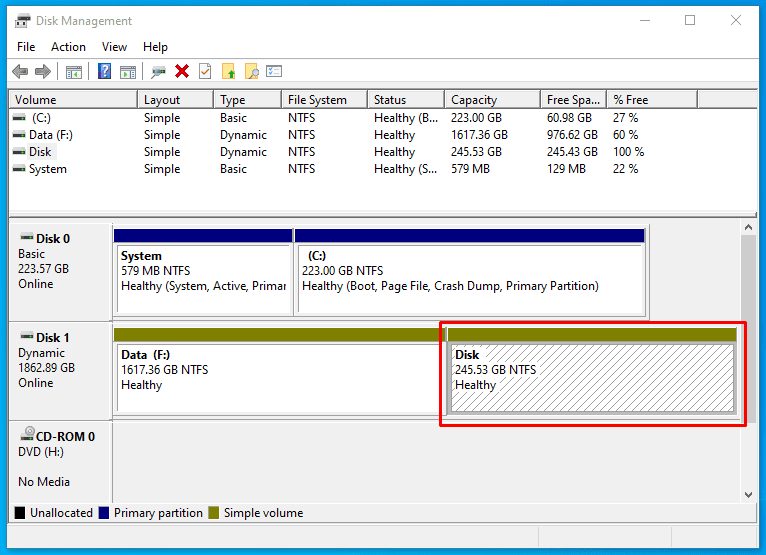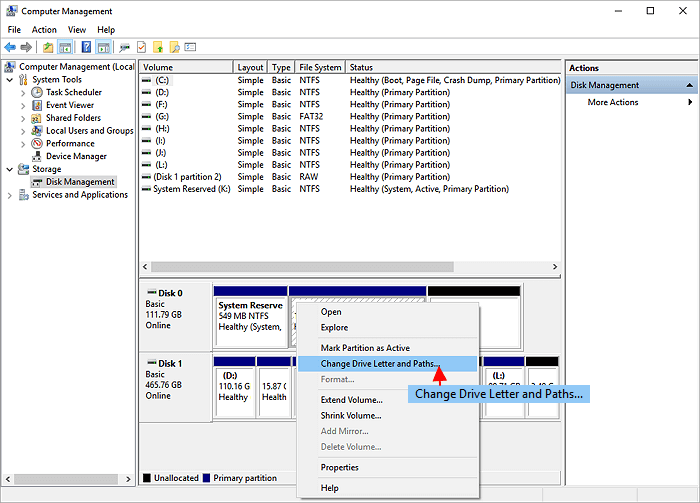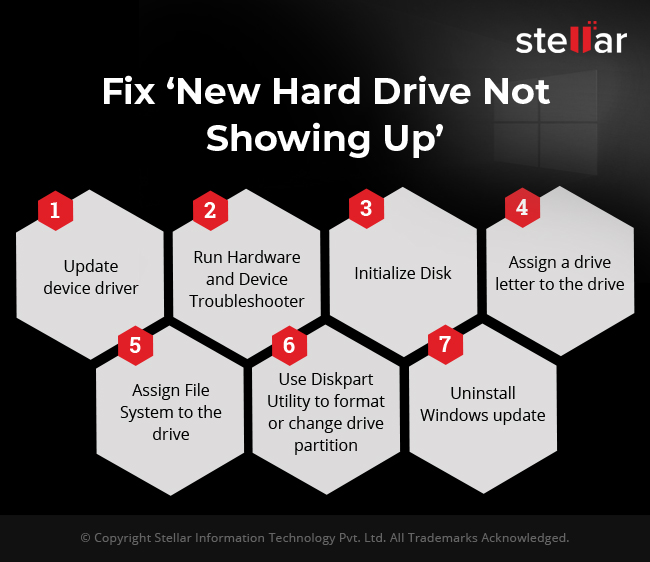
So, use this solution only if the external drive is empty. The option is used to hide empty drives in File Explorer. Solution 2 of 2 Make File Explorer display empty drives in File ExplorerĪn option in the Folder Options might be stopping your external drive from appearing in File Explorer. As you can see in the picture below, Windows 10 automatically assigns a drive letter to the selected drive but you can choose your own drive letter (one of the available letters) if you want by clicking the down arrow next to the drive letter. Clicking Add button will open Add Drive Letter or Path dialog. Step 3: Right-click on the external drive that you want to see in the File Explorer, and then click Change Drive Letter and Paths. If there is no drive letter, you will have to perform the next two steps to add the same. If it has a drive letter, it will appear next to the drive name as shown in the picture below.

Please note that any jobs you have previously saved will not be able to be cleaned up using retention jobs and you will be unable to restore data from them until you re-import the backup on the restore tab.Step 2: In the Disk Management, check if your external drive has a drive letter. Once you have changed the settings for a job, you will need to save the changes using the Save icon at the top left of the window. You can easily get to the settings for a scheduled backup job by right-clicking on the entry on the Schedule tab of the software and choosing Modify Job. If you are unwilling or unable to change the drive letter, you will need to reassign your backup jobs to target the new location by modifying the target storage location for each job. Select the new drive letter, select OK, and then select Yes when prompted about how programs that rely on the drive letter might not run correctly.To add a drive letter if the disk doesn't already have one, select Add. To change the drive letter, select Change.In Disk Management, right-click the disk for which you want to change or add a drive letter, and then select Change Drive Letter and Paths.Here's how to change the drive letter (to instead to mount the disk in an empty folder so that it appears as just another folder, see Assign a mount point folder path to a drive).



For this reason we suggest that you don't change the drive letter of a disk on which Windows or apps are installed. If you change the drive letter of a disk where Windows or apps are installed, apps might have trouble running or finding that disk.


 0 kommentar(er)
0 kommentar(er)
